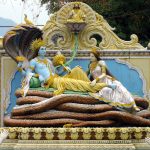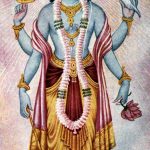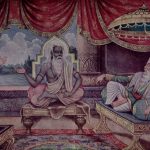Phalguna is the twelfth month of the Hindu lunisolar calendar. With this month, the year comes to an end. It correlates with February-March in the Gregorian calendar.
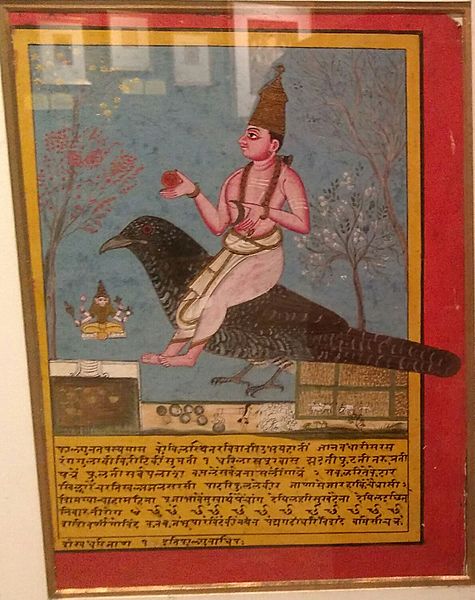
Importance of Phalguna Masa
Phalguna Masa begins when the moon aligns with either the Purva Phalguni or Uttara Phalguni Nakshatra (East Phalguni or North Phalguni star). During this month, the sun moves from Kumbha Rasi to Meena Rasi.
Festivals in the Month of Phalguna
As lunar cycles keep shifting, the commencement and end dates of each lunar month may differ. Further, there are two main versions of the lunar calendar, one that begins and ends on or near the full moon day, called Purnimanta. Another begins on or near the no-moon day, called Amanta. Also, different regions and different states follow their own version of the Lunar calendar. So, based on where you are, some festivals mentioned here may fall on a different month.
In all months, the new moon and full moon days are special. While Amavasya or no-moon day is dark, and generally not a day for performing auspicious ceremonies, it is a day meant for ancestor worship. Amavasya also marks the onset of the growth phase of the moon, the bright Shukla Paksha. The importance of Phalguna Amavasya is as a day for performing Shradh, Pitru Pooja, Tarpan, etc.
The month of Phalguna is very auspicious. Its name itself signifies this. Phala means fruit. Guna means character. By derivation, this means sweet character or meritorious character. Many festivals come during this last month of the year.
Ganesh Vrat

In the month of Phalguna, the first day of Shukla Paksha is the day for Avigna Vrat, to pray to the Lord to remove obstacles. The fourth day or Chaturthi is observed as Putra Ganapati Vrat, a vrat to ask Lord Ganesha for the boon of a child.
Vijaya Ekadashi
This is the Krishna Paksha Ekadashi in Phalguna month. Vijaya means victory. Devotees believe Lord Sri Rama observed this vow before his confrontation with Ravana. He was able to vanquish the Rakshasa as a result of this Ekadashi Vrat. So, those who seek success in various endeavours should undertake this fast, and pray to Lord Vishnu.
Maha Shivaratri
This festival marks the Union of Lord Shiva and Devi Parvati, It comes in the Krishna Paksha of Phalguna masa. In some regions, however, Maha Shivaratri is celebrated in the Krishna paksha of Magha masa.
Phulera Dooj
This is a special festival of the Braj regions and other places in North India. As it comes between Vasant Panchami and Holi, both of them spring festivals, Phulera Dooj also celebrates the spring season and colors. In Mathura and Vrindavan temples, special ceremonies and special darshan of Sri Krishna mark the day. Krishna s shown as preparing for the upcoming Holi.
Amalaki Ekadashi
This is the Shukla Paksha Ekadashi in the month of Phalguna. The Brahmanda Purana explains the significance of this Ekadashi. Sage Vasishta declares this Ekadashi fasting to be extremely meritorious, it can grant wealth and prosperity during this life and Moksha after this life. If this Shukla Paksha Ekadashi in the Phalguna month comes on a Thursday, it is even more auspicious.
Devotees undertake a strict fast and pray to Mahavishnu, as in all other Ekadashi days. On this day, devotees also worship the Amla tree and donate amla fruits to others. In Odisha on the other hand, this day is marked as Sabarmati Ekadashi. It is celebrated with many special pujas in the Jagannath temple and other Lord Vishnu temples in the state
Govinda Dwadashi
The day after Amalaki Ekadashi is Govinda Dwadashi. On this day, devotees take bath in Holy Rivers and worship Lord Vishnu and Ganga Devi. Some devotees also observe a fast on this day. The observance of this puja grants devotees Moksha or liberation, they go directly to Vaikunth, the Abode of Lord Vishnu after this life. Govinda Dwadashi is also observed as Narasimha Dwadashi in certain regions, and devotees worship Lord Narasimha.
importance of Phalguna Purnima (Holi)
Phalguna Purnima, the Full Moon Day in the month of Phalguna, is the day of Holi. Holi is a two-day festival.
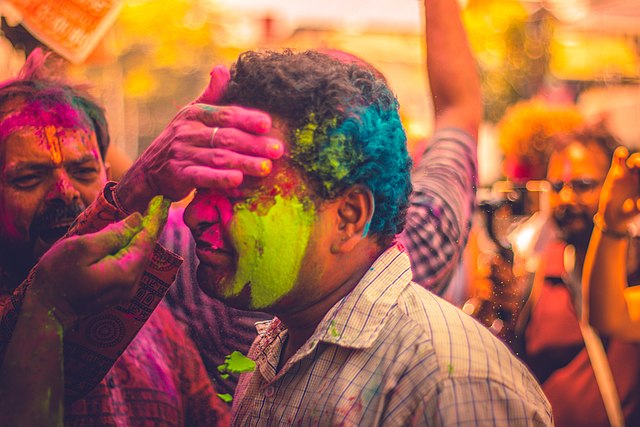
The first day marks Holika Dahan, with people burning an effigy of the demoness Holika, who tried to kill her nephew Prahalada, the child devotee of Lord Vishnu. The next day, Phalguna Masam Purnima, is the day of Holi, the exuberant festival of colours.
Thirumala Teppotsavam
The Teppotsavam or Boat Festival in Tirumala occurs in Phalguna masa. Sri Rama and Sri Krishna, along with their consorts, come out in procession on boats across the sacred Swamy Pushkarini pond. The festival commences on Shukla Paksha Dasami in the month of Phalguna and ends on Purnima.
Other Aspects of Phalguna Masam Significance
This is the month for observing Payo Vratam. Aditi Devi observed this 12-day long special vrat, worshipping Lord Vishnu to help her son Indra against Mahabali. This vrat extends from the first to the twelfth day of the Shukla Paksha in the month of Phalguna.
Phalguna masa marks the birth of Sri Raghavendra Swamy of Mantralaya. It is also the month when Arjuna, the Pandava, was born. This is the month of the Holi festival. It has many other special aspects. The month of Phalguna also marks the end of the year in the Hindu calendar, as it is the last, 12th month.







